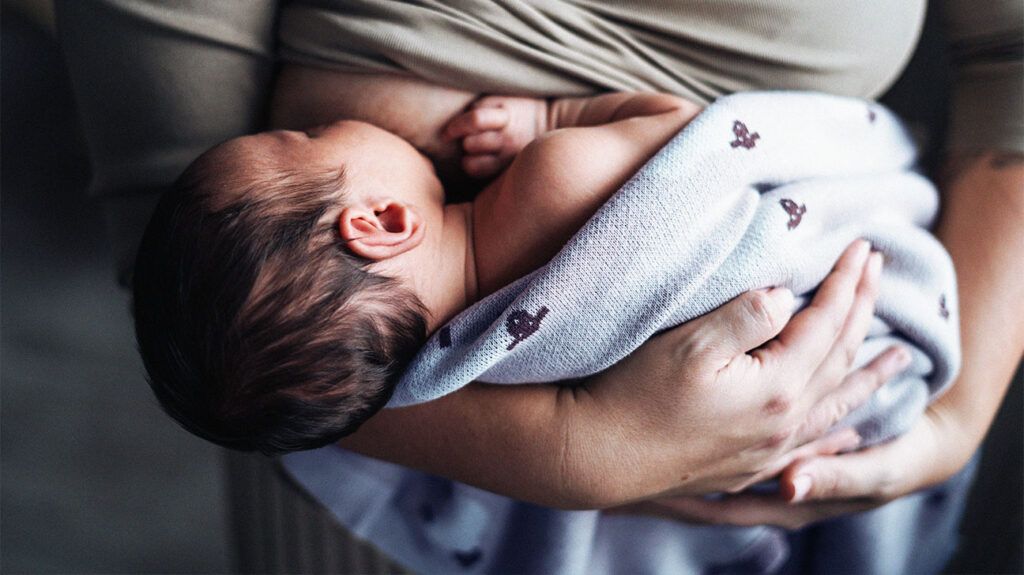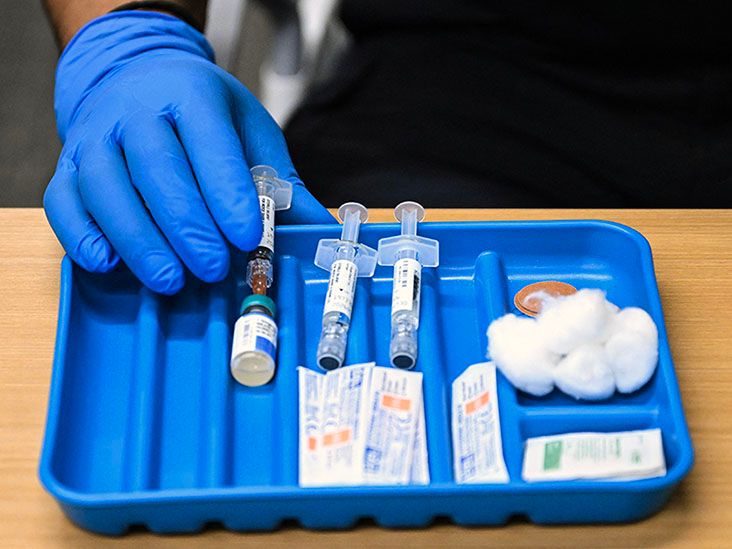Pregnancy and chestfeeding both reduce a person’s risk of breast cancer. However, the disease can still develop due to chestfeeding, although this is rare.
In this article, we provide more information about the relationship between breast cancer and breastfeeding.

Carrying a pregnancy and chestfeeding a child both reduce a person’s risk of developing breast cancer. Every 12 months of chestfeeding reduces the risk of breast cancer by 4.3%, and giving birth reduces a person’s risk by 7%.
Studies suggest that chestfeeding may specifically lower a person’s risk of developing triple-negative breast cancer by up to 20%.
Can you get breast cancer while chestfeeding?
It is possible to develop breast cancer while chestfeeding a baby, but it is rare.
There are many conditions other than breast cancer that can cause a breast lump while chestfeeding. These include:
Engorgement
In the initial weeks of chestfeeding, it is common for the breasts to become full of milk, making them feel lumpy and uncomfortable. This is called engorgement.
Engorgement symptoms should disappear as the breasts empty. The condition may also ease over time as the person’s body adjusts to the baby’s demand for milk.
Plugged ducts
Special cells in the breasts produce the milk before it travels in small ducts to the nipples.
If the milk drains too infrequently or thickens, it can clog the duct. This can lead to trapped milk in the breast tissue, which may form a sore lump. In most cases, frequent chestfeeding, breast massage, and warm compresses can help resolve a plugged duct.
Mastitis
Mastitis is inflammation or infection of the breast. It is most likely to occur following engorgement or a plugged duct. If the milk gets stuck in the breast, milk proteins can build up and eventually start to leak into the surrounding tissue.
In addition to a lump, mastitis can cause the following symptoms:
- discoloration on the breast
- fever
- shivers
- feeling unwell
Chestfeeding can help drain the trapped milk from the tissue, which is the optimal way to relieve symptoms.
In rare instances, people can mistake inflammatory breast cancer for mastitis, as both can present with similar symptoms. However, mastitis is treatable with antibiotics, while inflammatory breast cancer requires other treatments.
Abscess
An abscess is a rare but
The center of an abscess contains a pocket of pus and bacteria. Once an abscess forms, the infection-carrying tissue in the center cannot escape.
An abscess needs urgent medical care, and treatment will include drainage and antibiotics. Anyone who thinks they may have an abscess needs to consult a doctor as soon as possible.
Cysts
Small cysts, known as galactoceles, can sometimes form in the breast. They contain milk and may come and go, depending on how much milk is in the breast.
These small lumps are not usually painful and will disappear once lactation is complete.
In most cases, breast lumps in chestfeeding people are not cancerous and are no cause for concern.
However, people need to speak with a doctor about a breast lump if:
- it does not go away
- it continues to grow
- pressing it does not make it move within the breast tissue
- it causes the skin to dimple or to resemble orange peel
A person should also consult a doctor if they have concerns about their breast health in general.
In most cases, the doctor will recommend stopping chestfeeding following a breast cancer diagnosis. Many breast cancer treatments can affect a person’s milk supply or negatively affect the baby.
The doctor will help determine which treatment is best for an individual with breast cancer, as this can vary from person to person.
Possible treatments include:
- Surgery: Surgery may be necessary to remove a lump or cancerous growth. In some cases, this can involve a mastectomy (removal of the breast) or a double mastectomy (removal of both breasts). The extent of the surgery will determine whether or not the individual can continue chestfeeding.
- Chemotherapy: Chemotherapy uses strong medications to destroy cancer cells within the body. People who are having chemotherapy will need to stop chestfeeding.
- Radiation: Some undergoing radiation treatment may be able to continue chestfeeding, depending on the specific type of therapy. A doctor will be able to explain the risks to allow the individual to make an informed decision.
Chestfeeding during cancer treatment may be possible, but it is essential to speak with a doctor before and during the treatment process.
Both chestfeeding and pregnancy decrease a person’s risk of developing breast cancer, though a cancer diagnosis during these times is rare. However, it is still possible, and people should not hesitate to consult a doctor if they have any concerns about their breasts.
In the event of a breast cancer diagnosis, a person needs to discuss their options with a doctor, including whether or not they can continue to chestfeed.

